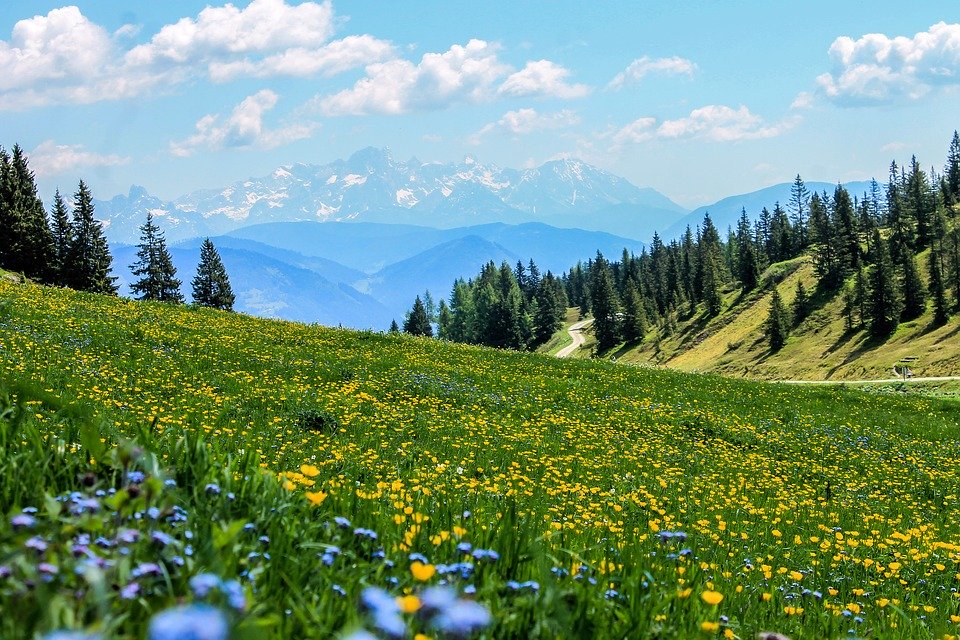However, natural landscapes are increasingly viewed as recreational areas that can offer people compensation for psychophysiological symptoms of fatigue. The extent of the positive effect is probably related to the quality of the landscape. However, the role of mountain landscapes has so far been neglected by recovery/restoration research. Thus, possible connections between cultural ecosystem services, such as health and well-being, and biodiversity and regulatory ecosystem services have not yet been investigated. Therefore, in political decision-making and in the development of strategies and measures in public health and nature conservation, full consideration of all ecosystem services provided by agricultural land is not possible at all. However, if the cultural landscapes of a biosphere park located in mountain regions have a particular recreational effect, this could serve to strengthen rural areas by using the existing natural and cultural capital for health-related offers. In this way, a sustainable contribution would be made to the regional economy and to the preservation of these valuable and historically grown landscapes.
“Healthy Alps” examines whether there are relationships between ecosystem services, biodiversity and cultural ecosystem services, in particular human well-being and health, and to what extent these depend on the type of management.
The “Healthy Alps” project is researching whether and to what extent
- Biodiversity and ecosystem services are linked to human health and well-being,
- the intensity of land use and the management task have an influence on people's health and whether these differently managed landscapes are perceived by people as relaxing,
- Soundscapes provide a useful method for measuring links between biodiversity and human health.








